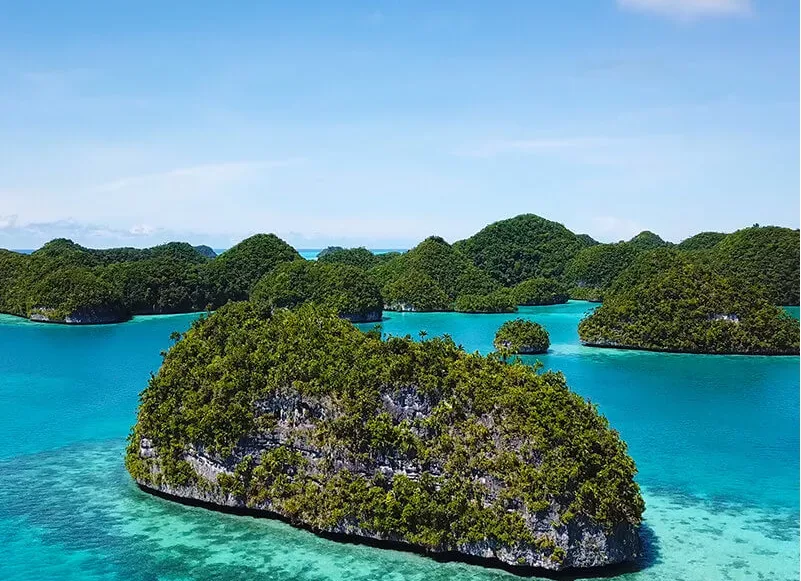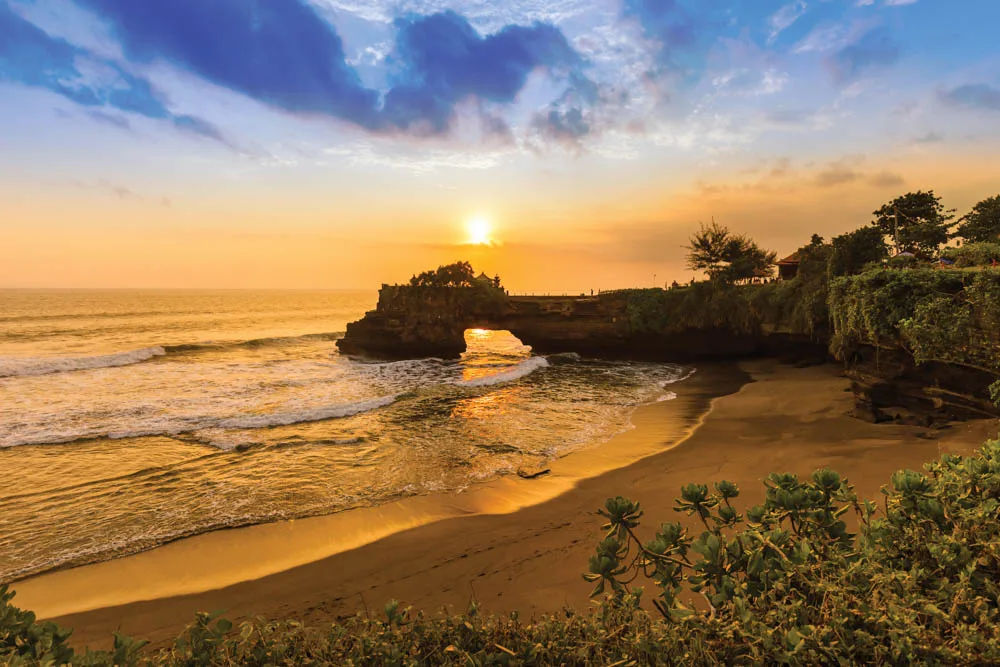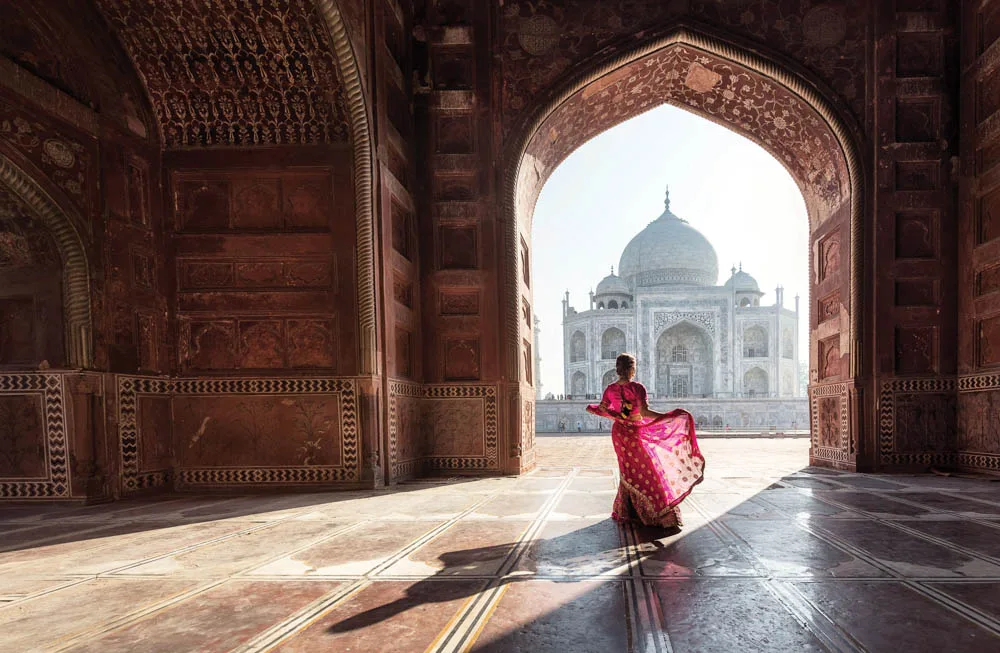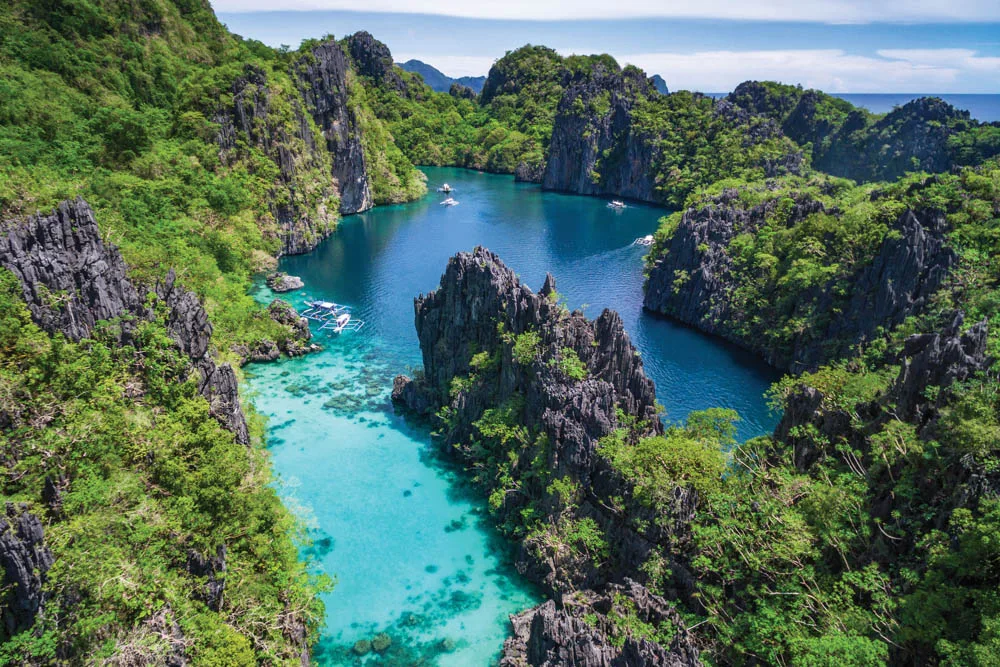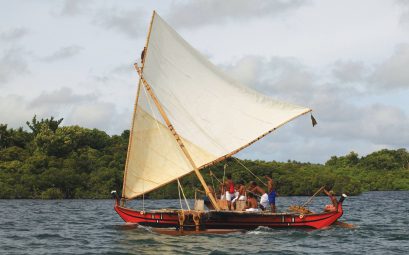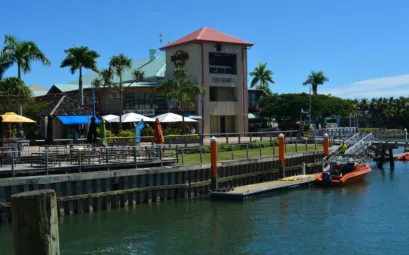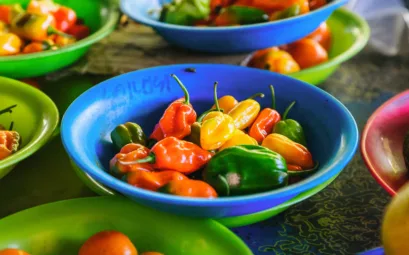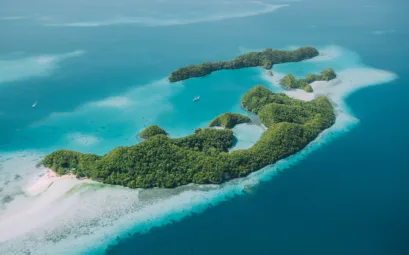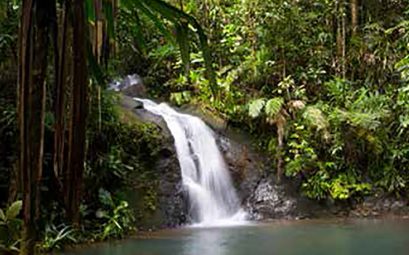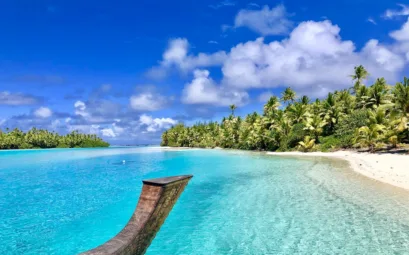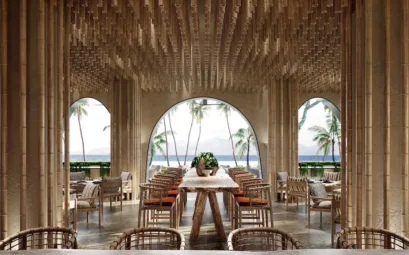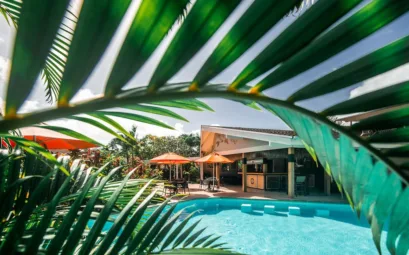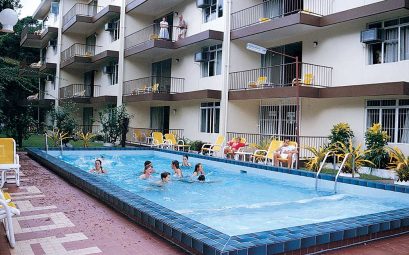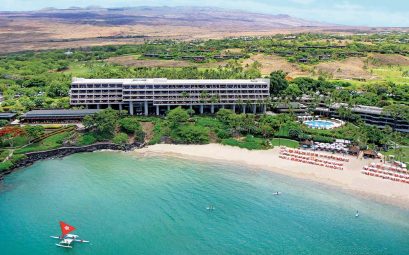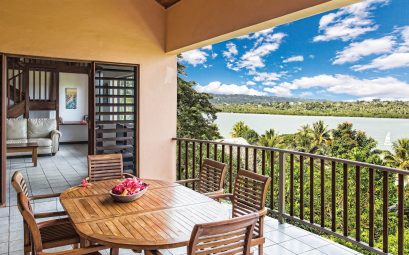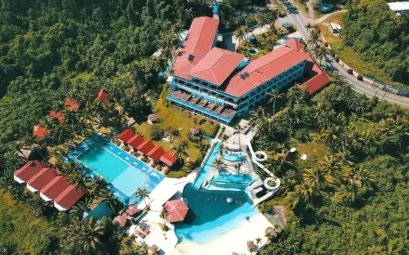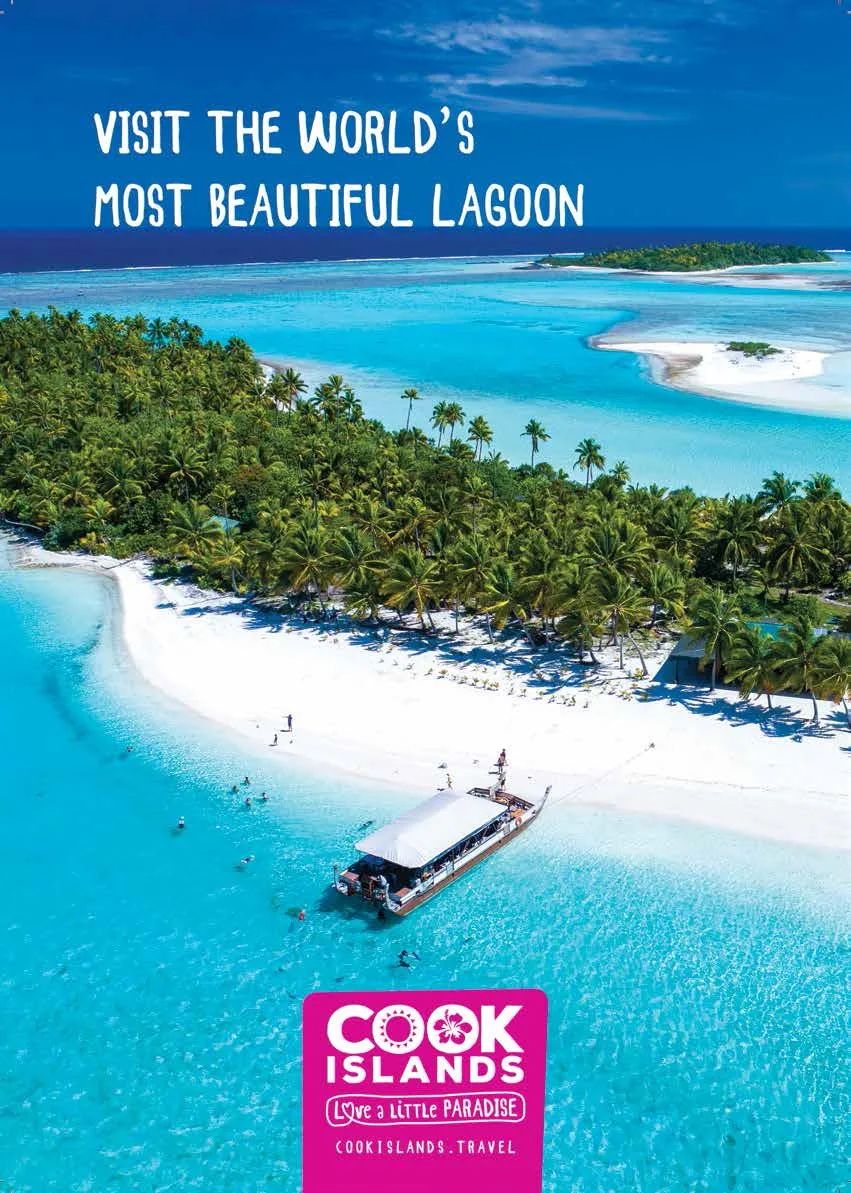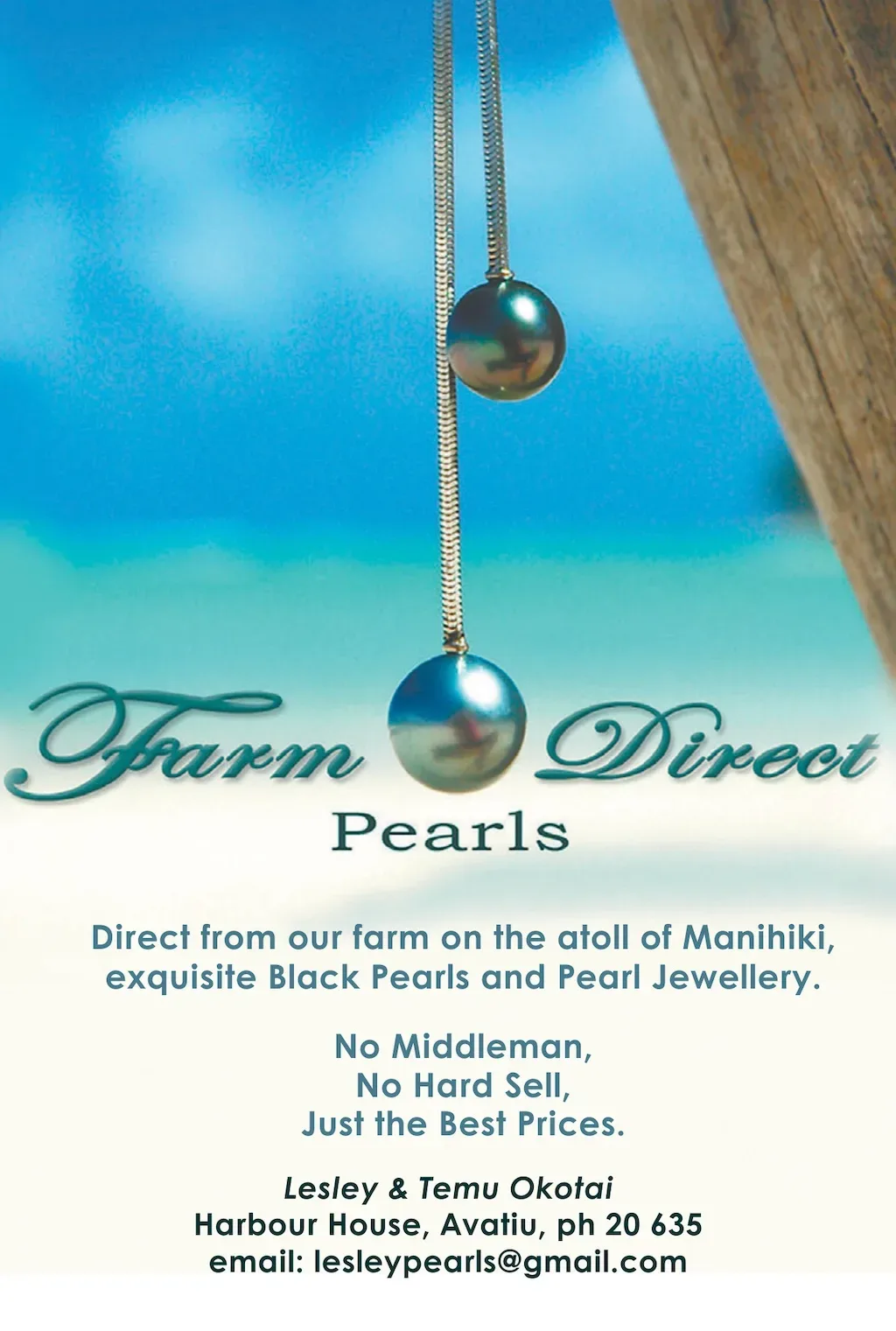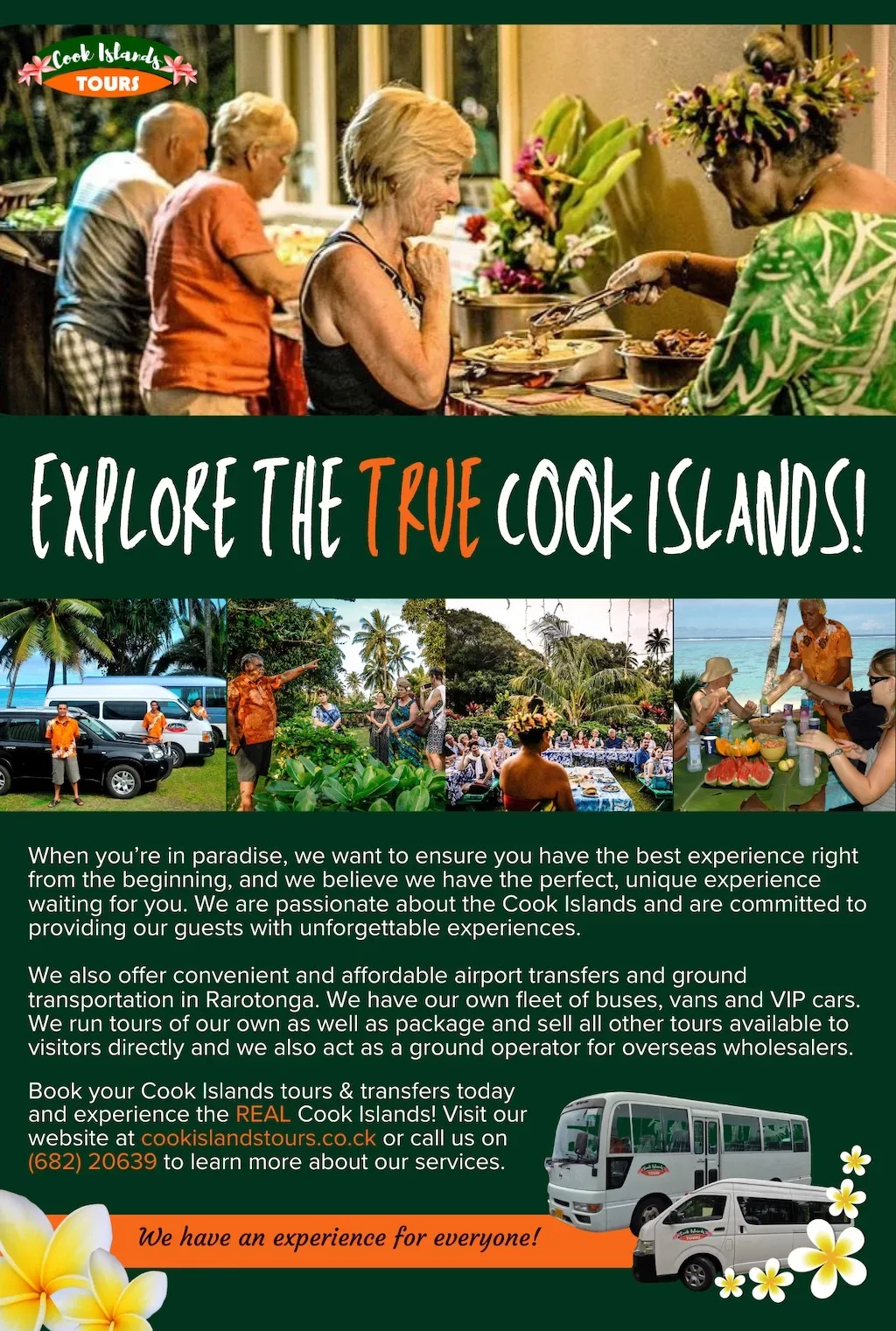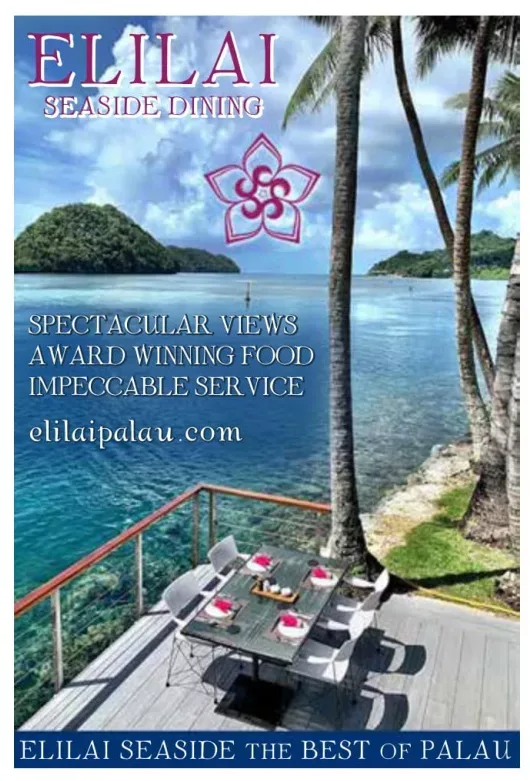This pristine paradise is a dream destination.
Like giant green mushrooms scattered across a tranquil turquoise lagoon, the lim...
string(4614) "This pristine paradise is a dream destination.
Like giant green mushrooms scattered across a tranquil turquoise lagoon, the limestone Rock Islands of Palau seen from the air are one of the most exquisite creations of nature found in the world. The spectacular Rock Islands Southern Lagoon was inscribed onto the UNESCO World Heritage list in 2012.
An archipelago divided into sixteen states, each with their own distinct features and attractions. Renowned as one of the seven underwater wonders of the world, this Pacific Island nation boasts a vibrant culture, a people so hospitable, and a stunning marine ecosystem that beckons explorers from far and wide.
But that’s just the beginning. From sunburnt volcanic savannahs to forests concealing endemic plant and bird life, to coral atolls and reefs teeming with marine life, the Republic of Palau is truly Nature at her most majestic.
Within this archipelago is a marine diversity higher than most of Micronesia. Sharks thrive in waters that in 2009 became the world’s first shark sanctuary, setting an example that has been followed by many other island destinations. Palau’s rare dugong, known locally as the mesekiu, as well as endangered species such as the hawksbill turtle, or the chambered nautilus, a deep water shell species that inhabits only a few Pacific islands, can be found here.
Diving in Palau is an unforgettable experience. The crystal-clear waters, abundant marine life, and stunning underwater landscapes make it a paradise for divers. What sets Palau apart as a diving destination is its commitment to sustainable tourism practices. The government of Palau, in collaboration with local communities and conservation organizations, has implemented measures to protect its marine resources while offering exceptional diving experiences.
Its dedication to preserving the environment is deeply ingrained in its historical narrative and forms an integral part of its identity.
Not only does Palau protect its marine life, it puts new species on the lists. Trapped in an enclosed body of water, the mastigias of Jellyfish Lake have completely lost their sting because they have not had to repel predators. Instead, they spend their days in privileged leisure, pulsating gently from one side of the marine lake to the other while catching the sun’s rays and farming their own food supply of algae. Snorkelling surrounded by them is fascinating and surreal.
Discovered in one of Palau’s deep underwater caves, a prehistoric eel was named Protoanguilla Palau as recently as 2011. Rainbow-filled walls and channels on the fringe reef provide homes for over 1450 species of reef fish and 400 species of reef-building hard corals, as well as 150 species of soft corals, gorgonians, and sea pens. Some of the famous residents and visitors include manta rays, black or red snappers, napoleon wrasse, bumphead parrotfish and pelagic species including the colossal whale shark, marlins, and tornados of schooling barracudas.
Outside of the reef are sports fishing opportunities beyond your wildest dreams and fully equipped charters to bring back the proverbial “big one”.
Beyond diving, Palau offers an array of natural wonders and cultural experiences. Palau is comprised of diverse terrains – including lush jungles, hidden caves, pristine beaches, and rock islands. Moreover, it is rich in biodiversity. Approximately 75% of Palau is covered in native forest and mangroves that are home to various endemic plants and faunas. Over 100 plant species and birds have been recorded, of which at least one third of these species are endemic to the island. Hidden away in the lush tropical jungle and forests, lie obscured waterfalls that preside magically over their respective natural domain.
Palau stands out not just for its breathtaking natural scenery but also for its people. The warmth, welcoming hospitality, and sincere smiles contribute significantly to Palau’s beauty.
A democratic country that still abides by its culture and traditional leadership, Palauan villages were, and still are, traditionally organised around matrilineal clans. Men and women had defined roles. A council of chiefs governs the villages, while a parallel council of women holds an advisory role in the control of land, money and the selection of chiefs.
The Palauan people adhere to a spirit of respect, known in their native language as omengull, which illuminates various aspects of their way of life. This character extends to the treatment of all individuals and entities within their community.
"













